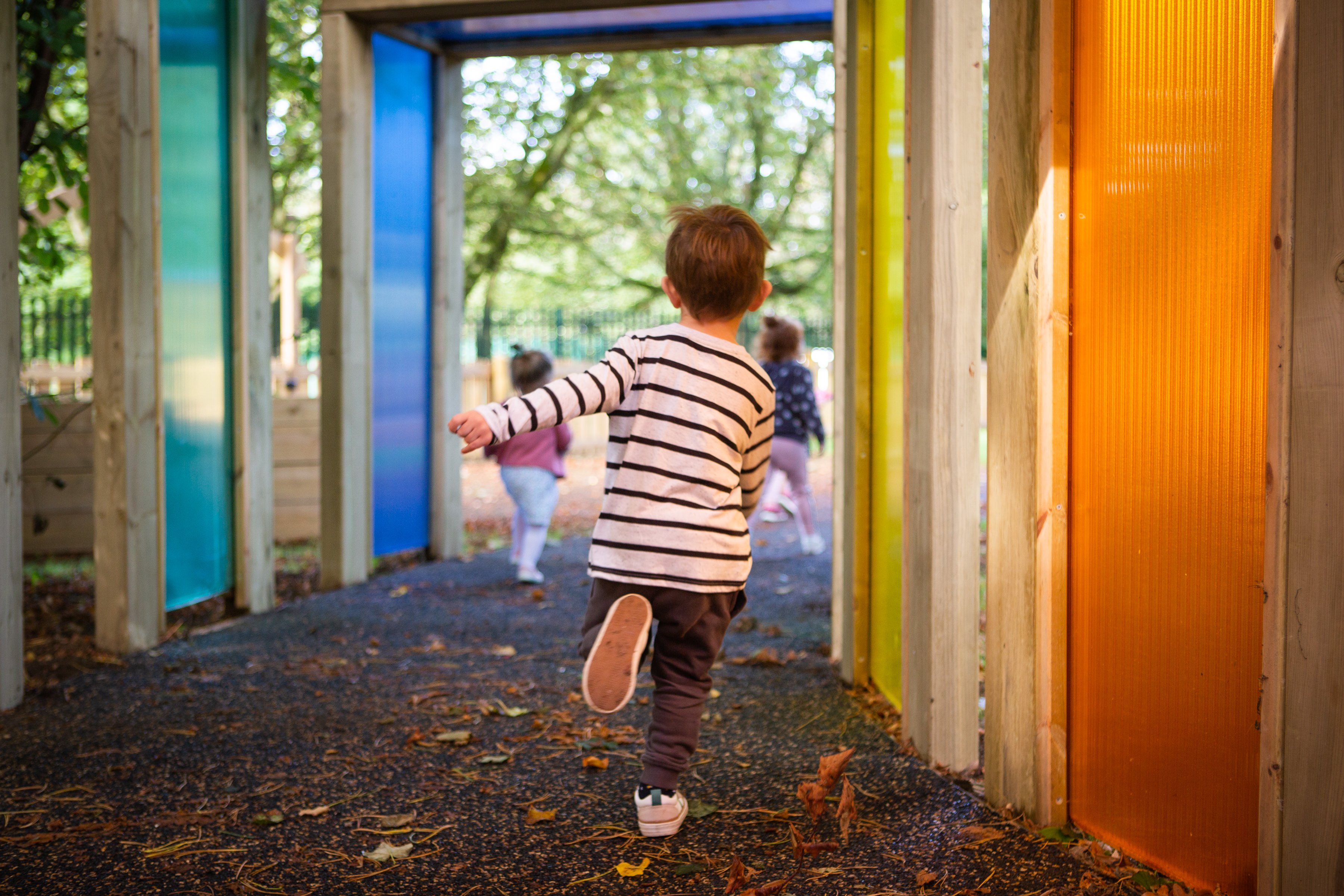Play is often seen as a carefree activity that occupies children’s time and fuels their imagination. However, beneath its seemingly simple surface lies a complex and essential component of human development.
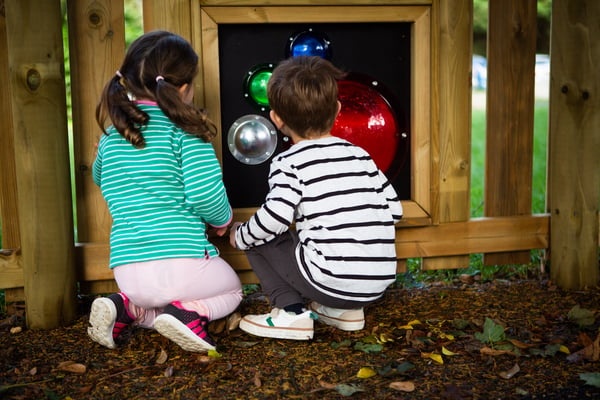
Introduction
Play is not only a source of joy and entertainment but also a powerful tool for learning and growth. In this blog, we'll delve into the essential elements of play and how they intertwine with the process of learning.
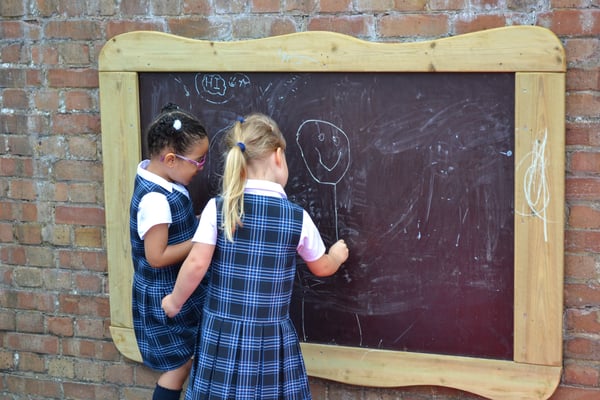
Intrinsic Motivation
At the heart of play is intrinsic motivation—the inner drive that compels children to engage in activities for the sheer enjoyment and satisfaction they provide. Unlike extrinsic motivation, which involves external rewards or pressures, intrinsic motivation arises from within. When children play, they are driven by their own curiosity, interests, and desires, making the experience inherently rewarding.

Freedom and Autonomy
Play thrives in an environment of freedom and autonomy, where children can explore, experiment, and make choices. Whether it's building with blocks, creating art, or engaging in imaginative role-play, the freedom to shape the play experience fosters creativity, problem-solving skills, and self-expression. This autonomy is crucial for fostering a sense of ownership and empowerment in the learning process.
Imagination and Creativity
One of the most distinctive features of play is its ability to spark the imagination. Through play, children can inhabit worlds of their own creation, inventing characters, scenarios, and narratives. This imaginative play not only enhances storytelling skills but also encourages flexible thinking, empathy, and the ability to see things from different perspectives. Nurturing creativity through play is essential for cultivating future thinkers and innovators.
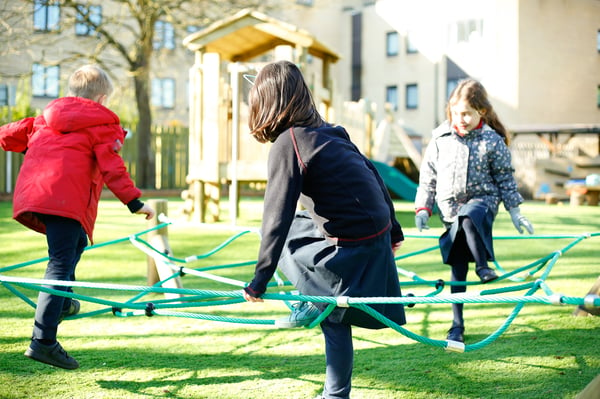
Social Interaction
Play is inherently social, providing opportunities for collaboration, cooperation, and communication. Whether it's negotiating the rules of a game, taking on different roles in pretend play, or simply sharing toys and experiences, social interaction is a central aspect of play. These interactions not only strengthen interpersonal skills but also teach valuable lessons in empathy, perspective-taking, and conflict resolution. By engaging in play with others, children learn how to navigate social dynamics and build meaningful relationships.
Sensory Exploration
Play engages the senses, inviting individuals to explore the world around them through sight, sound, touch, taste, and smell. From sensory bins filled with textured materials to outdoor adventures that awaken the senses, sensory play stimulates neural connections, enhances cognitive development, and fosters an appreciation for the richness of the sensory experience. By engaging multiple senses, play provides a holistic learning experience that is both immersive and memorable.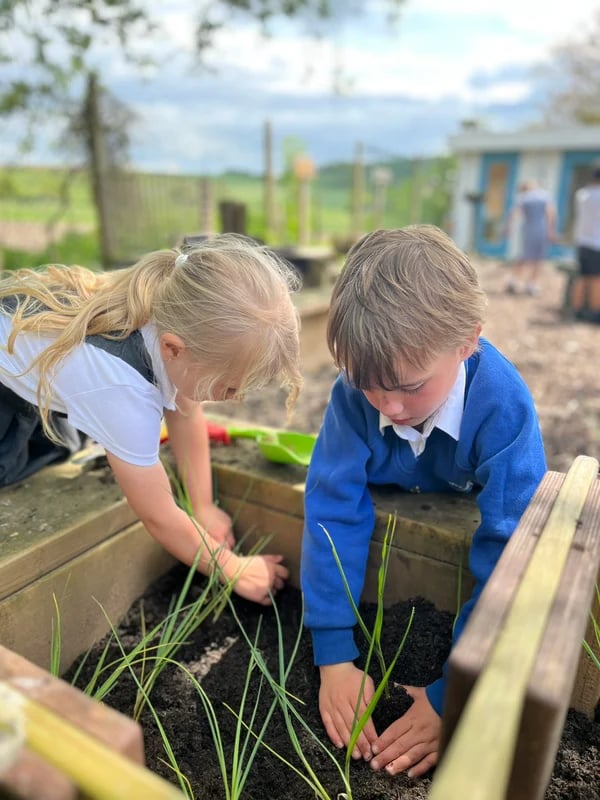
Risk-taking and Resilience
Play is not without its challenges and uncertainties, and there lies its value in cultivating resilience and risk-taking abilities. Whether it's navigating a trim trail, climbing a jungle climber, trying out a new game, or navigating social interactions, play offers a safe space for individuals to take risks, make mistakes, and learn from failure. Through these experiences, children develop resilience—the ability to bounce back from setbacks—and the confidence to embrace new challenges and opportunities for growth.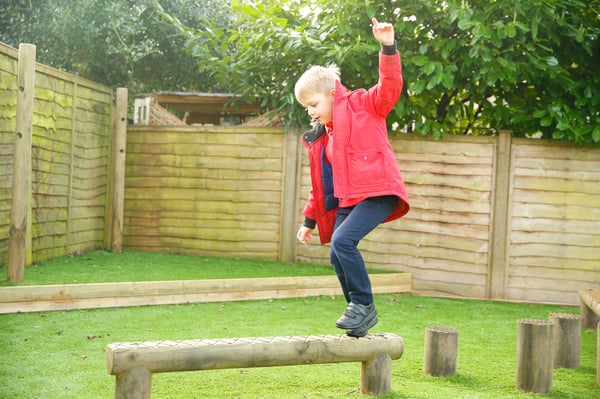
In summary
Play is far more than just a pastime—it's a fundamental aspect of human nature that fosters learning, development, and growth. By embracing the essential elements of play we can unlock its transformative power and harness it as a catalyst for lifelong learning and fulfilment.
Here at dbdplay we're always on hand to help you make the most of your outdoor space and help it work alongside your curriculum. It's all about creating an enticing environment for children to explore, play and learn.
Contact us to see how we can help with your next playground project.
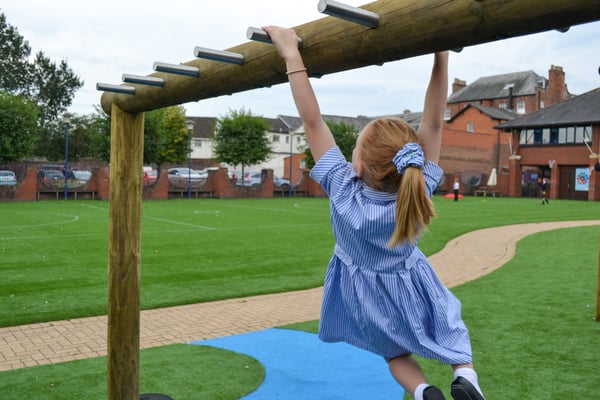 Explore our 2024 brochure or book a preliminary chat with us. We'd love to help make the most of your outdoor space!
Explore our 2024 brochure or book a preliminary chat with us. We'd love to help make the most of your outdoor space!

Originally published Mar 26, 2024 3:27:54 PM
, updated April 8, 2024

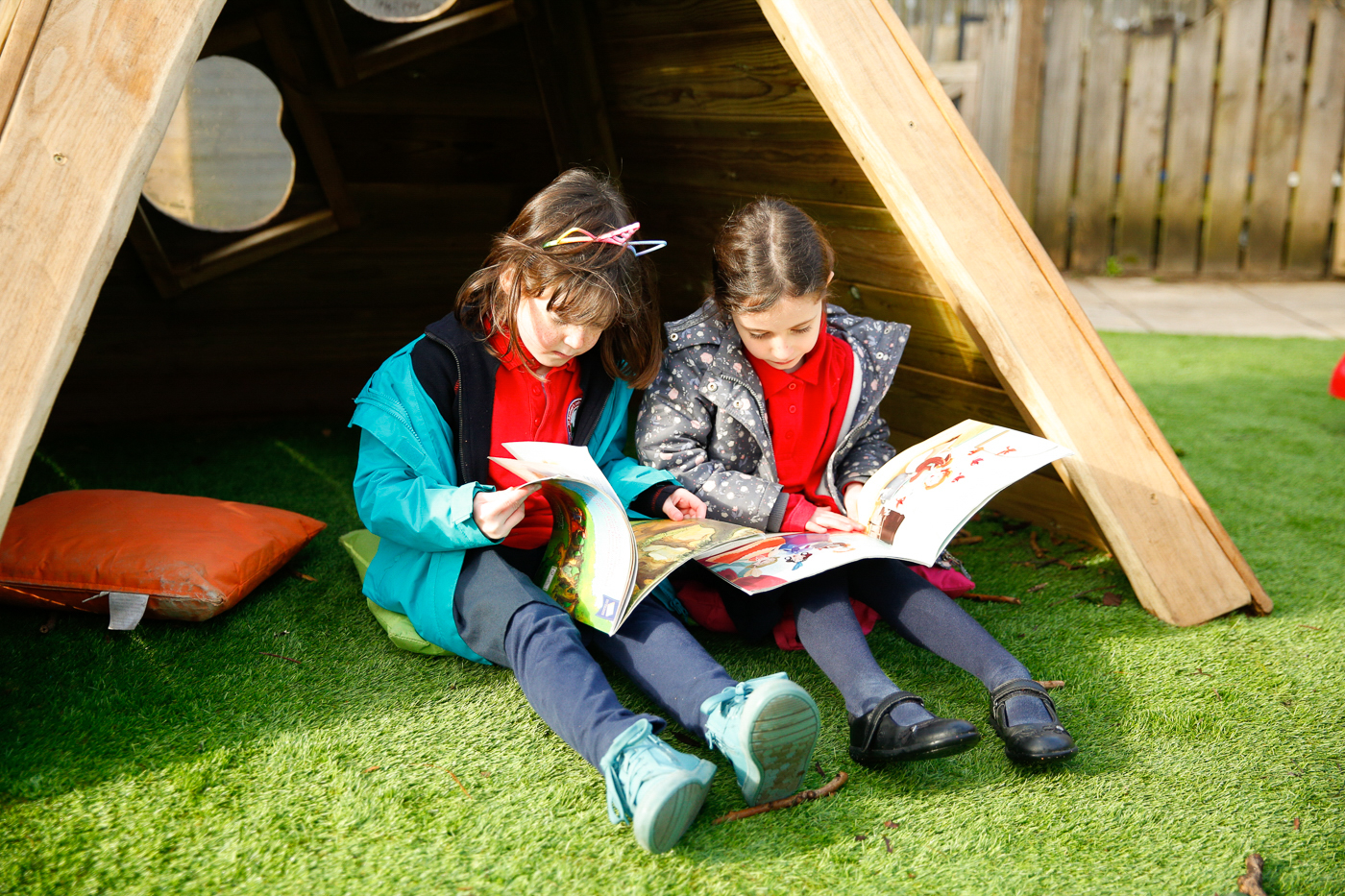










 Explore our
Explore our 
